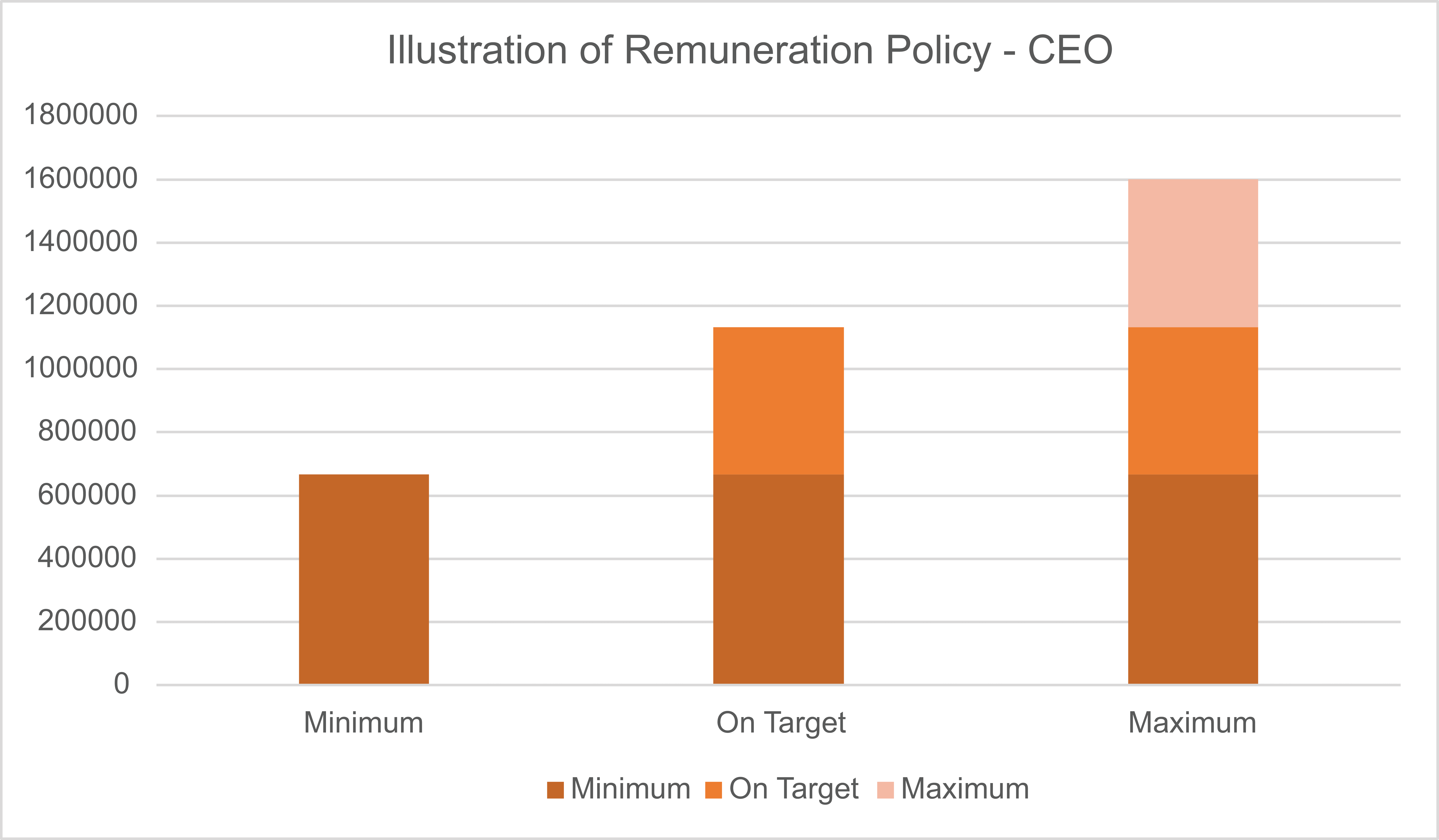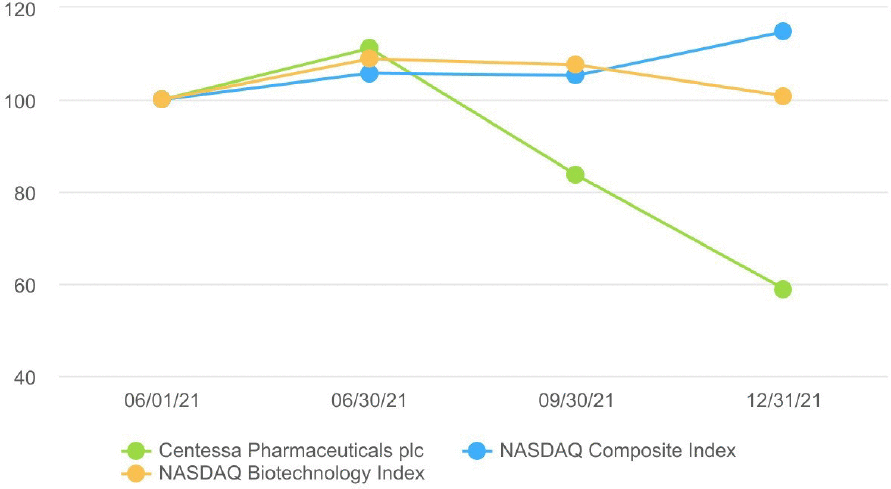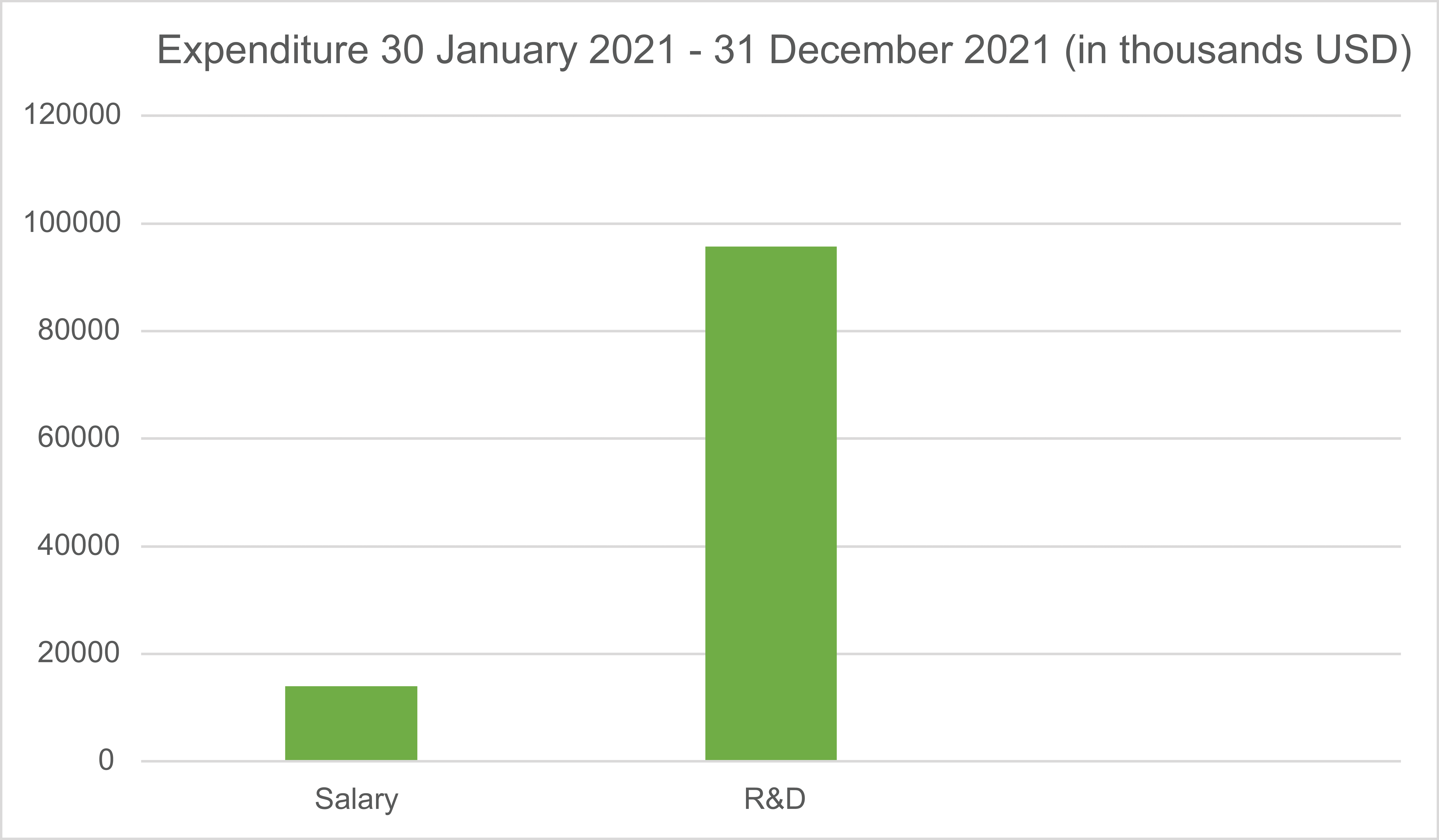•Considering remuneration incentive schemes and performance targets of management personnel and directors.
•Using analytical procedures to identify any unusual or unexpected relationships.
We communicated identified fraud risks throughout the audit team and remained alert to any indications of fraud throughout the audit.
As required by auditing standards, and taking into account our overall knowledge of the control environment, we perform procedures to address the risk of management override of controls, in particular the risk that Group management may be in a position to make inappropriate accounting entries and the risk of bias in accounting estimates and judgements such as those used in determination of discount rate. On this audit we do not believe there is a fraud risk related to revenue recognition because the group is in the pre- commercialization stage and no revenues are earned from trading.
We did not identify any additional fraud risks.
In determining the audit procedures, we took into account the results of our evaluation and testing of the operating effectiveness of some of the Group-wide fraud risk management controls.
We also performed procedures including:
•Identifying journal entries to test for all in-scope components based on risk criteria and comparing the identified entries to supporting documentation. These included entries posted to certain account or pairings or non-related accounts.
•Evaluated the business purpose of significant unusual transactions.
•Assessing whether the judgements made in making accounting estimates are indicative of a potential bias.
Identifying and responding to risks of material misstatement related to compliance with laws and regulations
We identified areas of laws and regulations that could reasonably be expected to have a material effect on the financial statements from our general commercial and sector experience, through discussion with the directors and other management (as required by auditing standards), and from inspection of the Group’s regulatory and legal correspondence and discussed with the policies and procedures regarding compliance with laws and regulations.
We communicated identified laws and regulations throughout our team and remained alert to any indications of non-compliance throughout the audit.
The potential effect of these laws and regulations on the financial statements varies considerably.
Firstly, the Group is subject to laws and regulations that directly affect the financial statements including financial reporting legislation (including related companies’ legislation), distributable profits legislation, and taxation legislation, and we assessed the extent of compliance with these laws and regulations as part of our procedures on the related financial statement items.
Secondly, the Group is subject to many other laws and regulations where the consequences of non- compliance could have a material effect on amounts or disclosures in the financial statements, for instance through the imposition of fines or litigation or the loss of the Group’s license to operate.
We identified the following areas as those most likely to have such an effect: health and safety, anti- bribery, employment law, human medicines regulations, regulatory capital and liquidity, and certain aspects of company legislation recognising the financial and regulated nature of the Group’s activities and its legal form. Auditing standards limit the required audit procedures to identify non-compliance with these laws and regulations to enquiry of the directors and other management and inspection of regulatory and legal correspondence, if any. Therefore if a breach of operational regulations is not disclosed to us or evident from relevant correspondence, an audit will not detect that breach.
Context of the ability of the audit to detect fraud or breaches of law or regulation
Owing to the inherent limitations of an audit, there is an unavoidable risk that we may not have detected some material misstatements in the financial statements, even though we have properly planned and performed our audit in accordance with auditing standards. For example, the further removed non-compliance with laws and regulations is from the events and transactions reflected in the financial statements, the less likely the inherently limited procedures required by auditing standards would identify it.
In addition, as with any audit, there remained a higher risk of non-detection of fraud, as these may involve collusion, forgery, intentional omissions, misrepresentations, or the override of internal controls. Our audit procedures are designed to detect material misstatement. We are not responsible for preventing non-compliance or fraud and cannot be expected to detect non-compliance with all laws and regulations.
6 We have nothing to report on the other information in the Annual Report and Financial Statements
The directors are responsible for the other information presented in the Annual Report together with the financial statements. Our opinion on the financial statements does not cover the other information and, accordingly, we do not express an audit opinion or, except as explicitly stated below, any form of assurance conclusion thereon.





